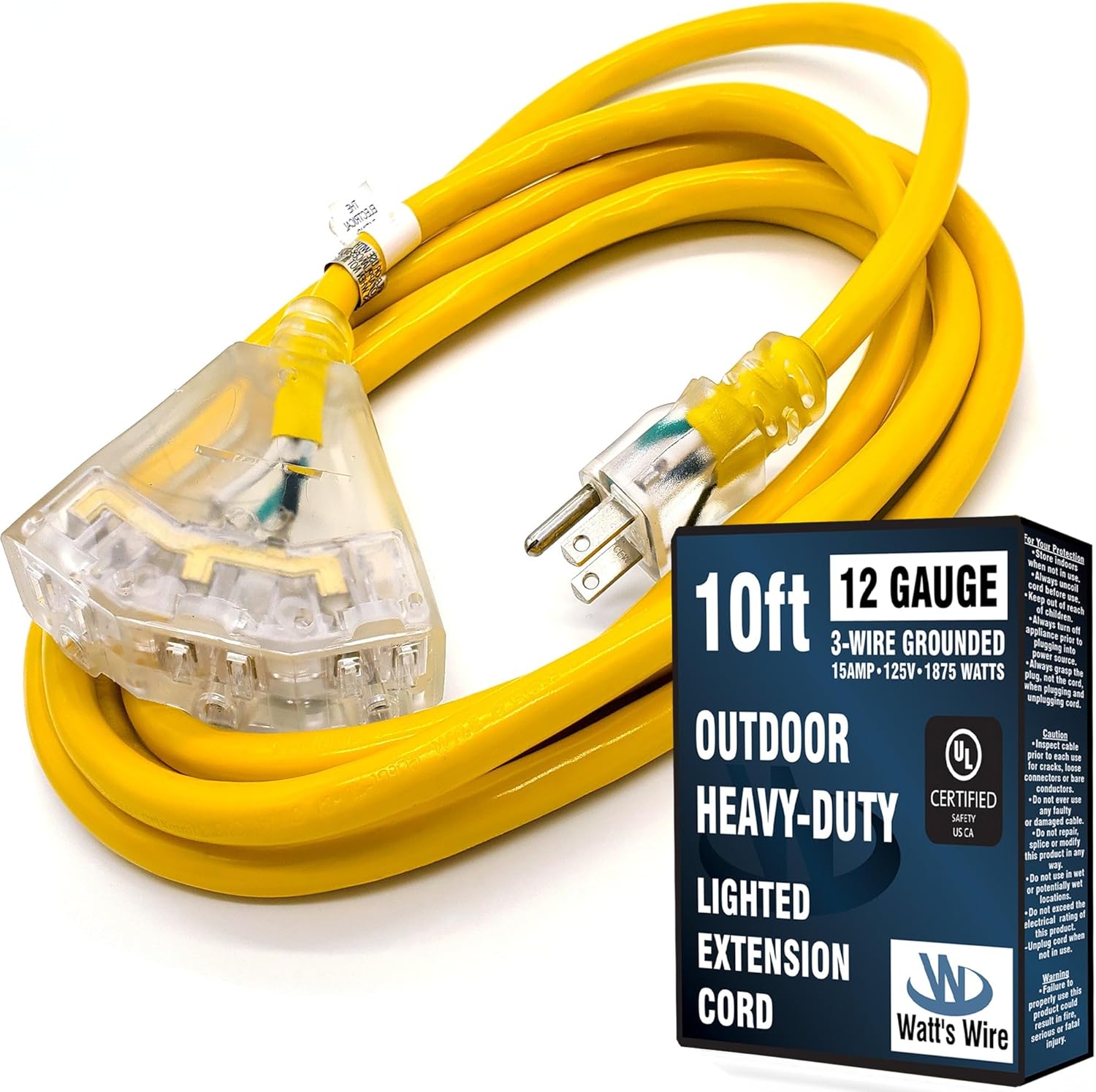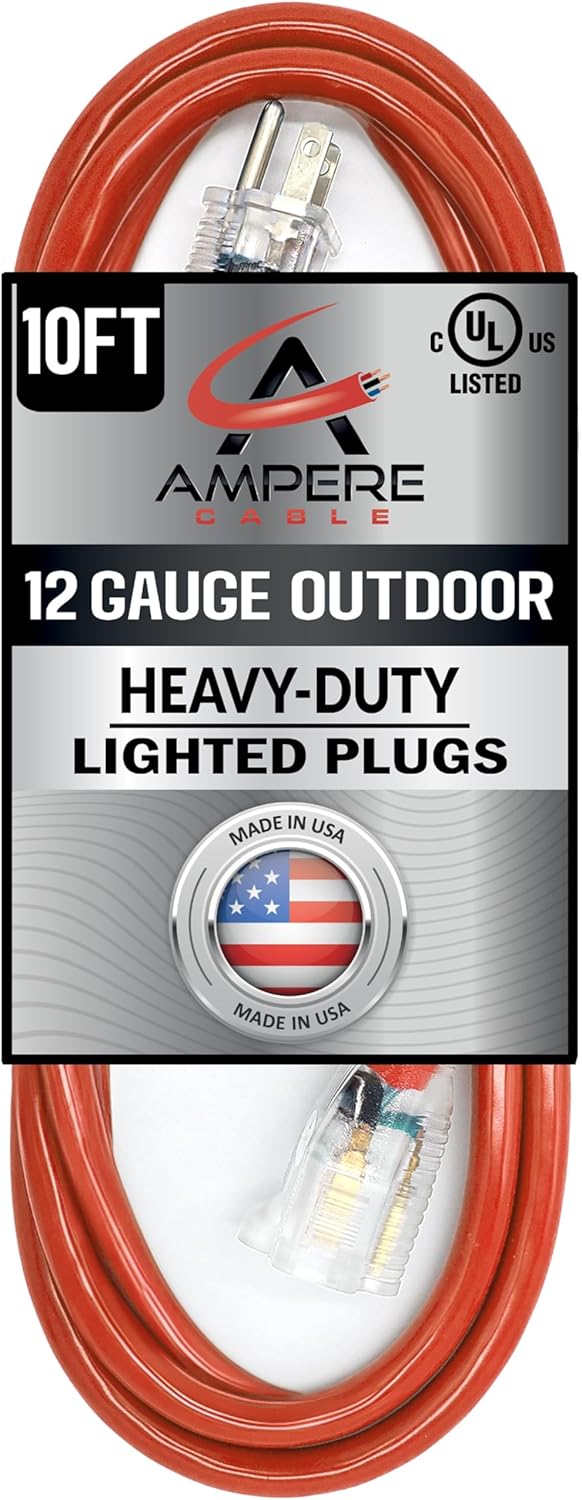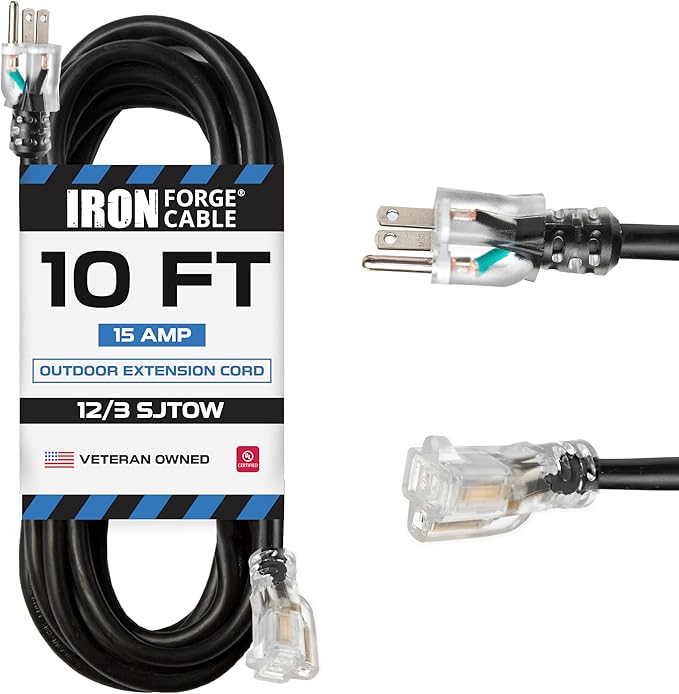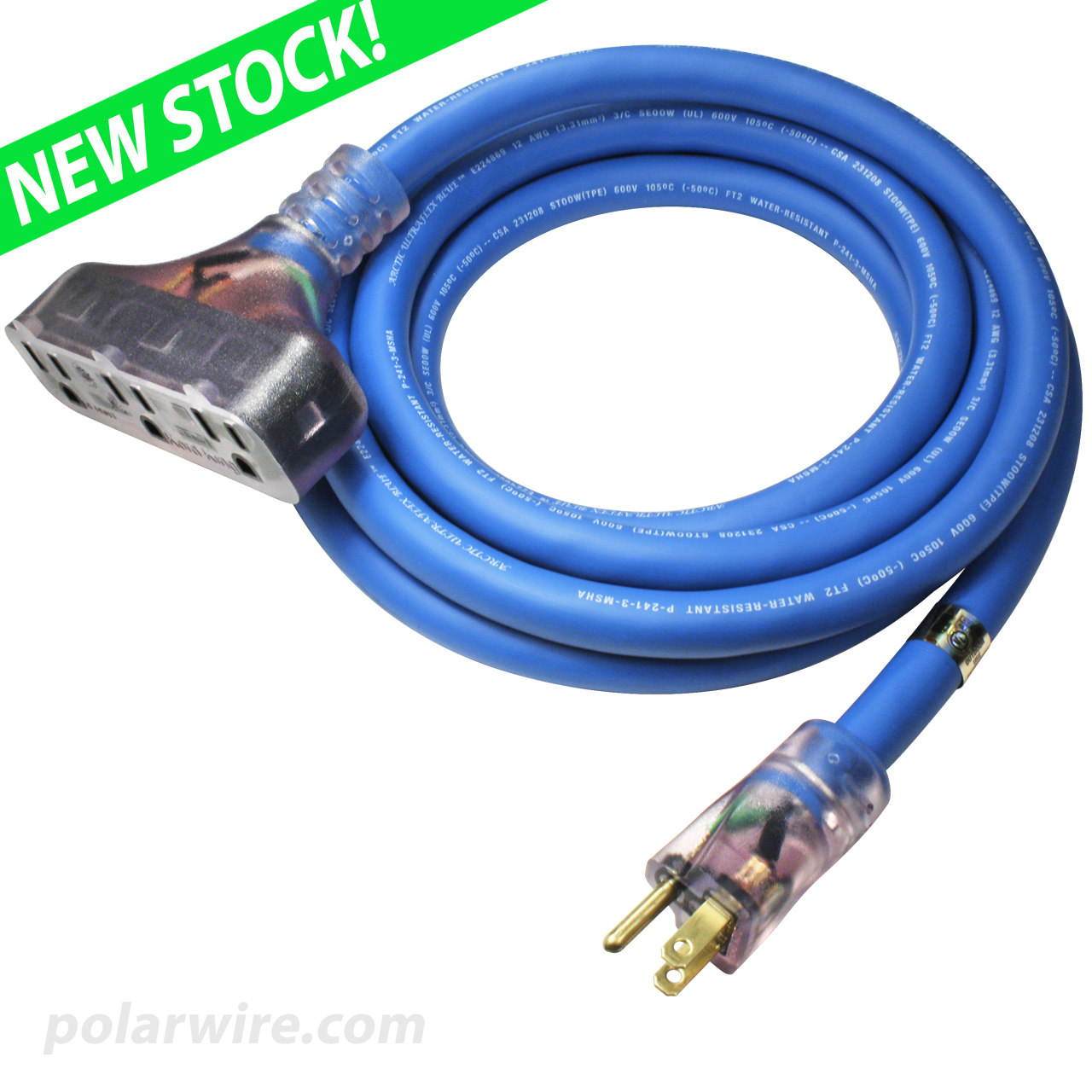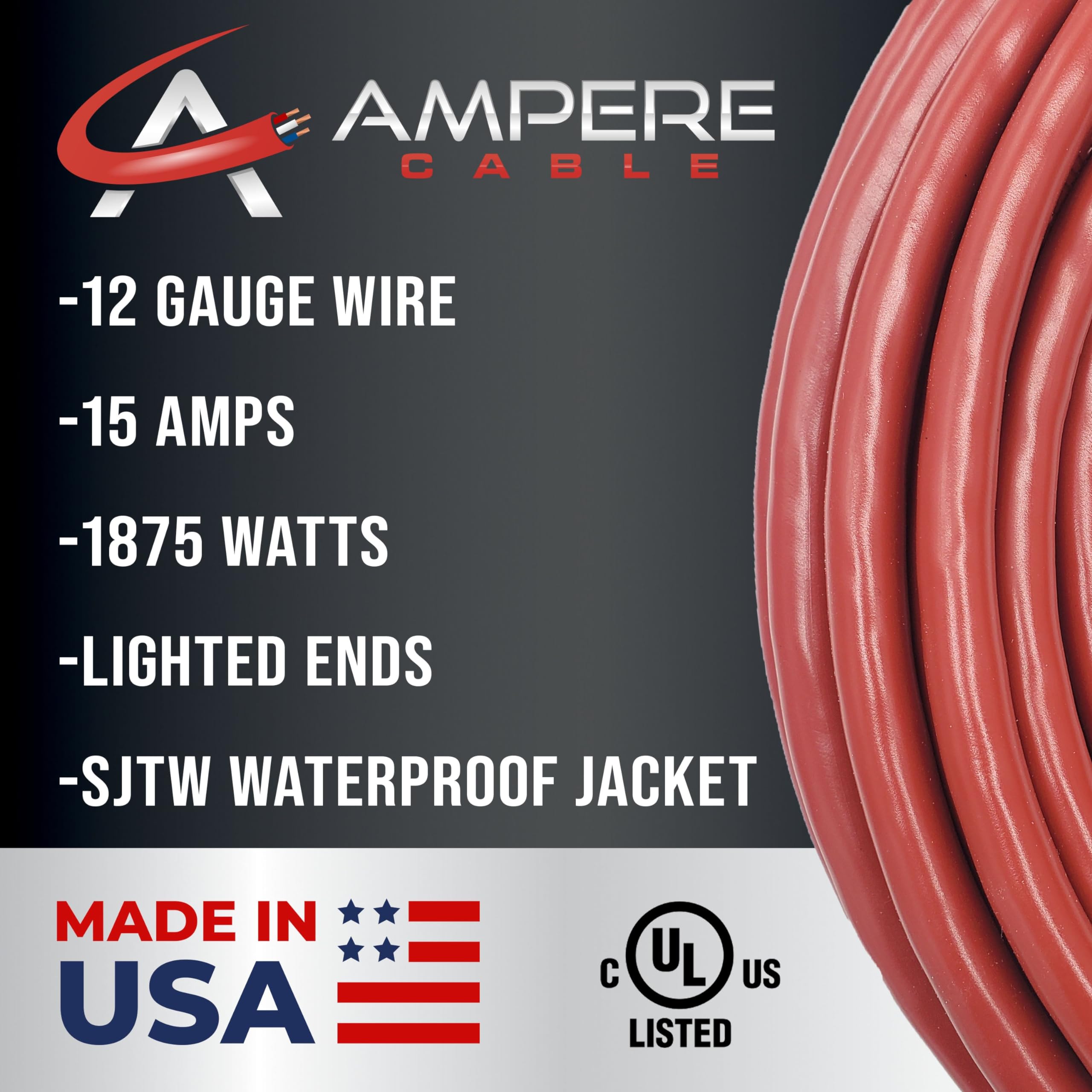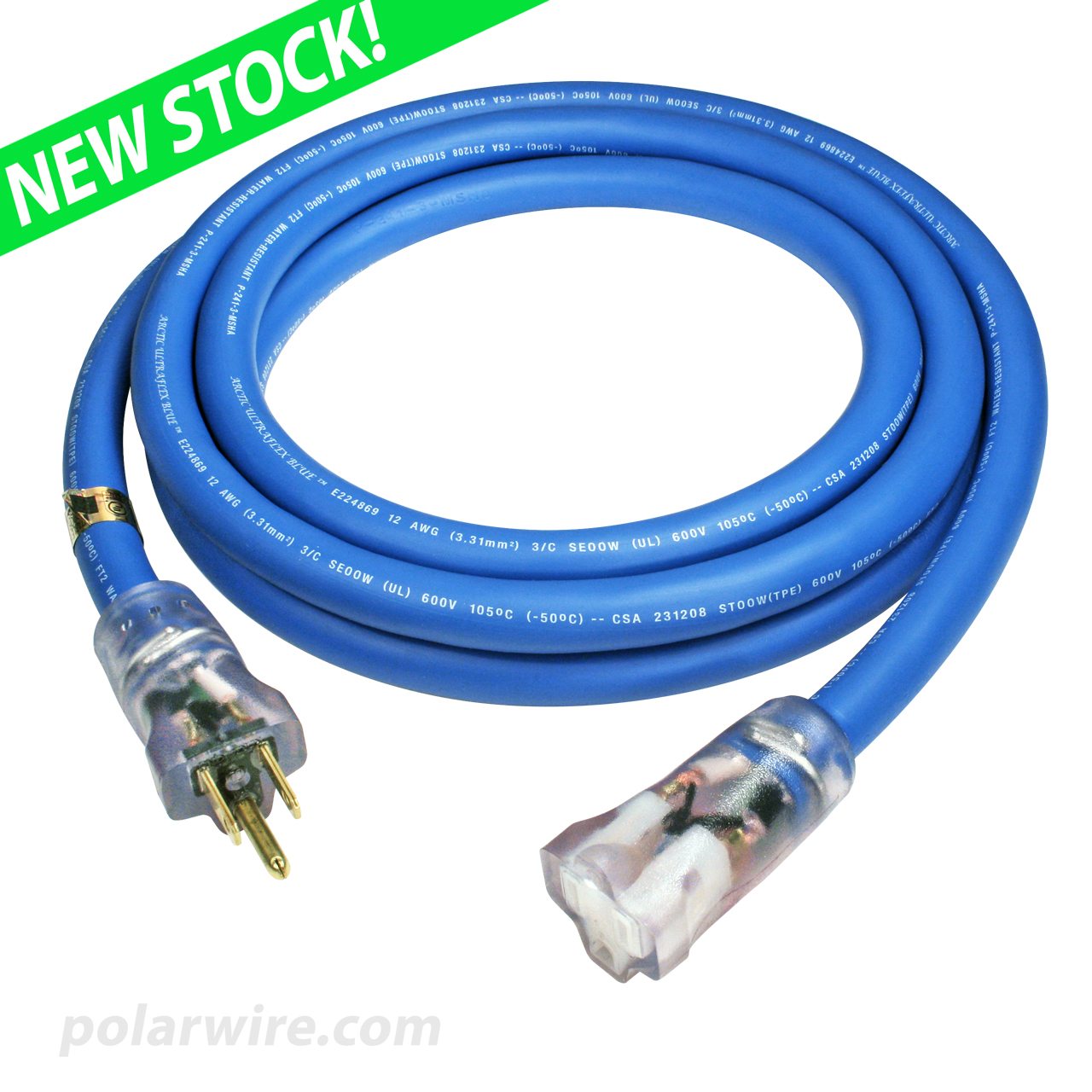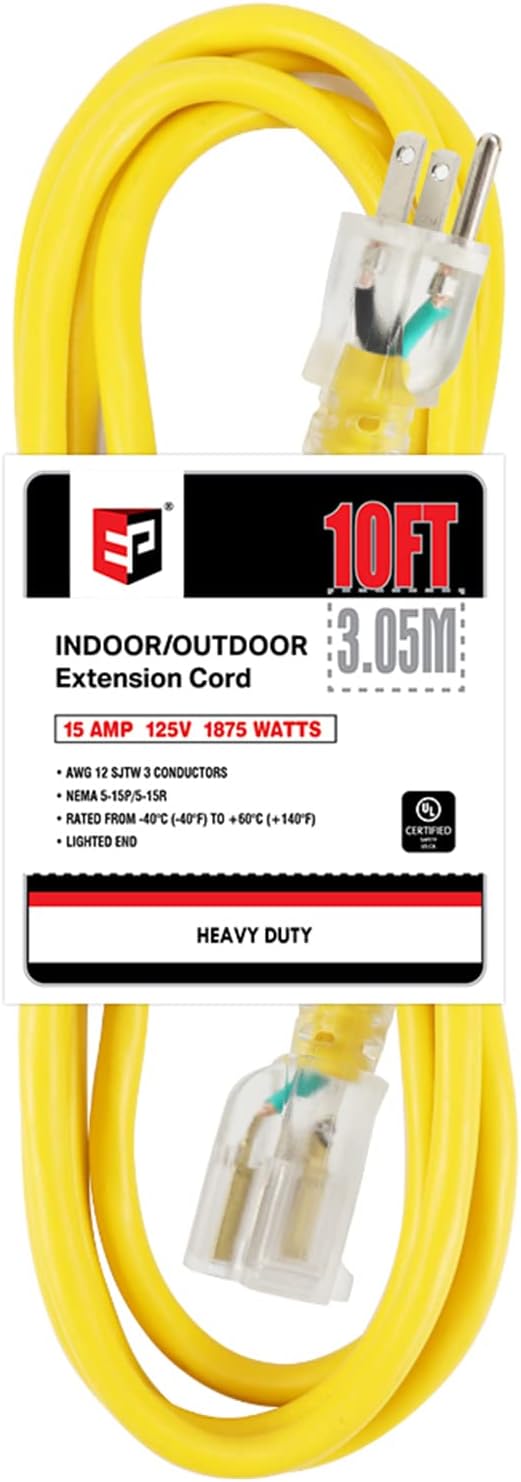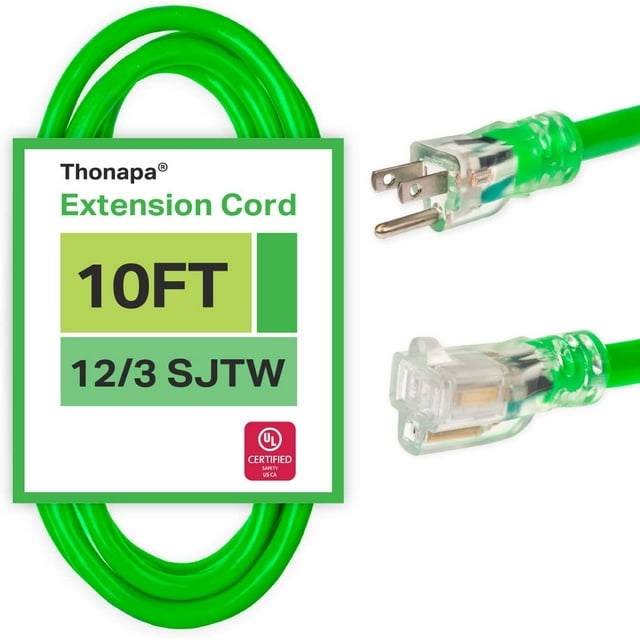12 Gauge Extension Cord 10 Ft

The humble extension cord, often relegated to the back of a toolbox or tangled in a garage corner, is experiencing a surge in scrutiny following a series of incidents highlighting the critical importance of proper gauge and length selection. A recent spate of residential fires and equipment malfunctions, attributed to overloaded and undersized extension cords, has prompted consumer safety advocates to issue urgent warnings.
This article delves into the specifics of the 12 gauge, 10-foot extension cord, examining its intended use, limitations, and the potential dangers associated with its misuse. We will explore expert opinions on best practices, relevant safety standards, and the long-term implications of choosing the right, or wrong, extension cord for your power needs. Our aim is to provide a comprehensive understanding of this everyday electrical component and empower consumers to make informed decisions that prioritize safety and prevent potential hazards.
Understanding 12 Gauge Extension Cords
A 12 gauge extension cord refers to the thickness of the wires within the cord. The gauge number indicates the diameter of the wire; a lower gauge number signifies a thicker wire and a greater capacity for carrying electrical current. A 12 gauge wire is thicker than a 14 or 16 gauge wire, meaning it can handle a higher amperage load without overheating.
Specifically, a 12 gauge extension cord is typically rated to handle up to 15 amps. This makes it suitable for powering medium-duty appliances and tools, such as power drills, circular saws, and some kitchen appliances. However, it's crucial to remember that the overall length of the cord also plays a role in its amperage capacity.
The Significance of Length: Why 10 Feet Matters
The 10-foot length of this particular extension cord is a key factor in its safe and effective use. Longer extension cords, even with the same gauge, experience a phenomenon called voltage drop. This is where the voltage decreases over the length of the cord due to the resistance of the wire.
Voltage drop can cause appliances to operate inefficiently, generate excessive heat, and even damage the appliance's motor. A shorter 10-foot cord minimizes voltage drop compared to longer alternatives, ensuring a more consistent and reliable power supply. This reduction in voltage drop also contributes to a decreased risk of overheating and potential fire hazards.
Potential Hazards and Misuse
Despite its capacity for handling a decent amperage load, a 12 gauge, 10-foot extension cord is not a universal solution for all power needs. Overloading the cord by plugging in devices that draw more than 15 amps is a common and dangerous mistake. This can cause the cord to overheat, melt its insulation, and potentially ignite surrounding materials.
Another potential hazard lies in using the cord in inappropriate environments. Extension cords not specifically designed for outdoor use can become damaged by moisture, UV exposure, and extreme temperatures. Using a standard indoor extension cord outdoors increases the risk of electrical shock and fire.
Furthermore, daisy-chaining extension cords (plugging one extension cord into another) is strongly discouraged. This practice exacerbates voltage drop and increases the risk of overloading the circuit. Always use a single extension cord of the appropriate gauge and length to reach the desired outlet.
Expert Perspectives and Safety Standards
According to the Electrical Safety Foundation International (ESFI), extension cords should be considered temporary wiring solutions, not permanent replacements for outlets. They emphasize the importance of inspecting extension cords regularly for damage, such as frayed insulation, exposed wires, or loose prongs.
“A damaged extension cord is an immediate safety hazard and should be replaced immediately,” states Brett Brenner, president of ESFI. “Never attempt to repair a damaged extension cord yourself. Always err on the side of caution and invest in a new one.”
Underwriters Laboratories (UL) and other similar organizations set rigorous safety standards for extension cords. Look for the UL listing mark on the cord to ensure that it has been tested and certified to meet these standards. This certification provides assurance that the cord has undergone thorough testing for safety and performance.
Best Practices for Using 12 Gauge Extension Cords
Before using a 12 gauge, 10-foot extension cord, always check the amperage rating of the appliance or tool you intend to power. Ensure that the total amperage draw does not exceed the cord's 15-amp capacity. If the appliance requires more power, use a heavier gauge extension cord or plug it directly into an outlet.
Always uncoil the entire extension cord before use. Coiling the cord can trap heat and increase the risk of overheating. Use only grounded extension cords with three-prong plugs to ensure proper grounding and reduce the risk of electrical shock. Never remove the grounding prong from an extension cord or appliance plug.
When using the extension cord outdoors, choose a cord specifically designed for outdoor use. These cords are typically made with weather-resistant materials and feature reinforced insulation. Store extension cords properly when not in use to prevent damage and prolong their lifespan.
The Future of Extension Cord Safety
The increasing reliance on portable electronics and power tools has amplified the need for safer and more reliable extension cords. Manufacturers are continually innovating to develop cords with enhanced safety features, such as built-in circuit breakers and overload protection.
Consumer education remains paramount in preventing extension cord-related accidents. Public awareness campaigns, like those run by ESFI and other organizations, play a crucial role in informing consumers about the potential hazards and best practices for using extension cords safely. By understanding the limitations and proper usage of extension cords, including the 12 gauge, 10-foot variety, consumers can significantly reduce the risk of electrical fires and other accidents.
Ultimately, the future of extension cord safety hinges on a combination of technological advancements, stricter safety standards, and increased consumer awareness. Only through a concerted effort can we minimize the risks associated with these ubiquitous electrical components and ensure a safer environment for everyone.
